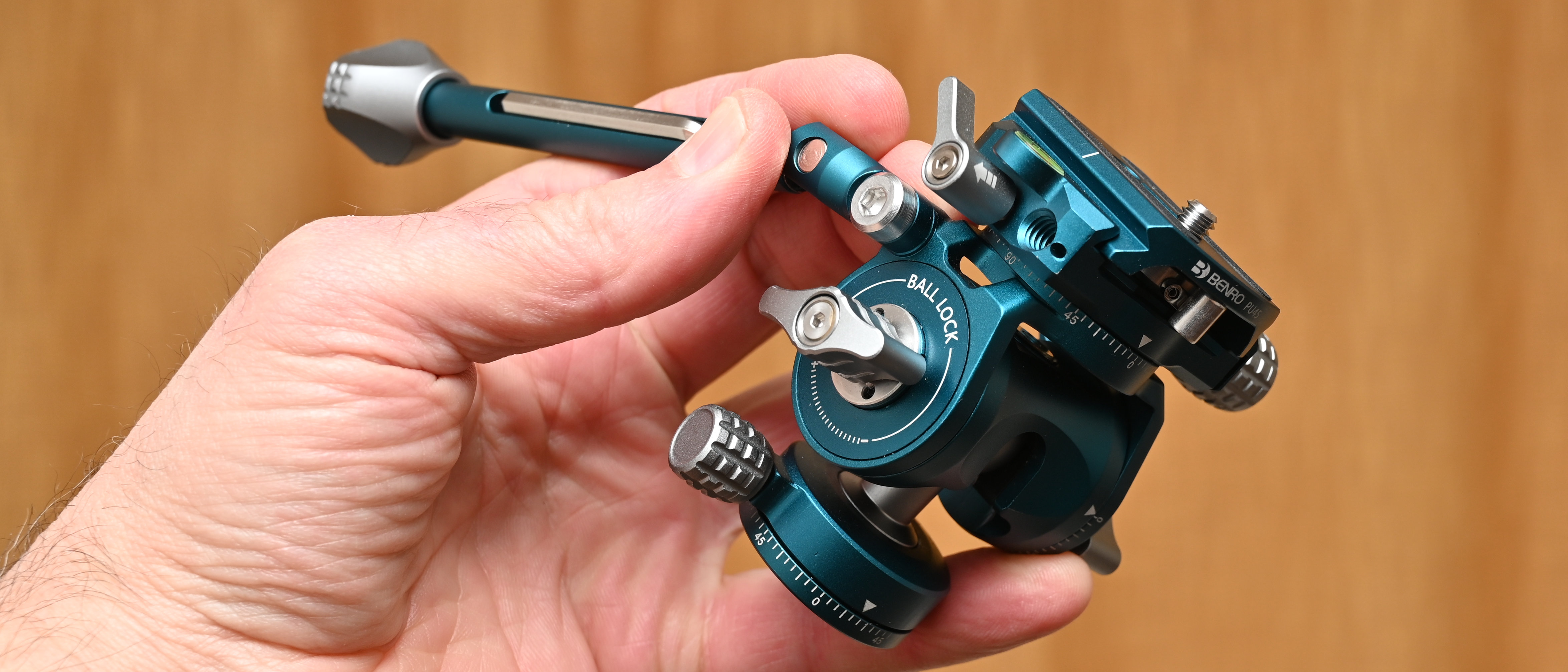Eco-friendly photo printing: 6 tips to minimize your environmental footprint
Make better prints of your photographs while being kinder to the environment, by following these tips
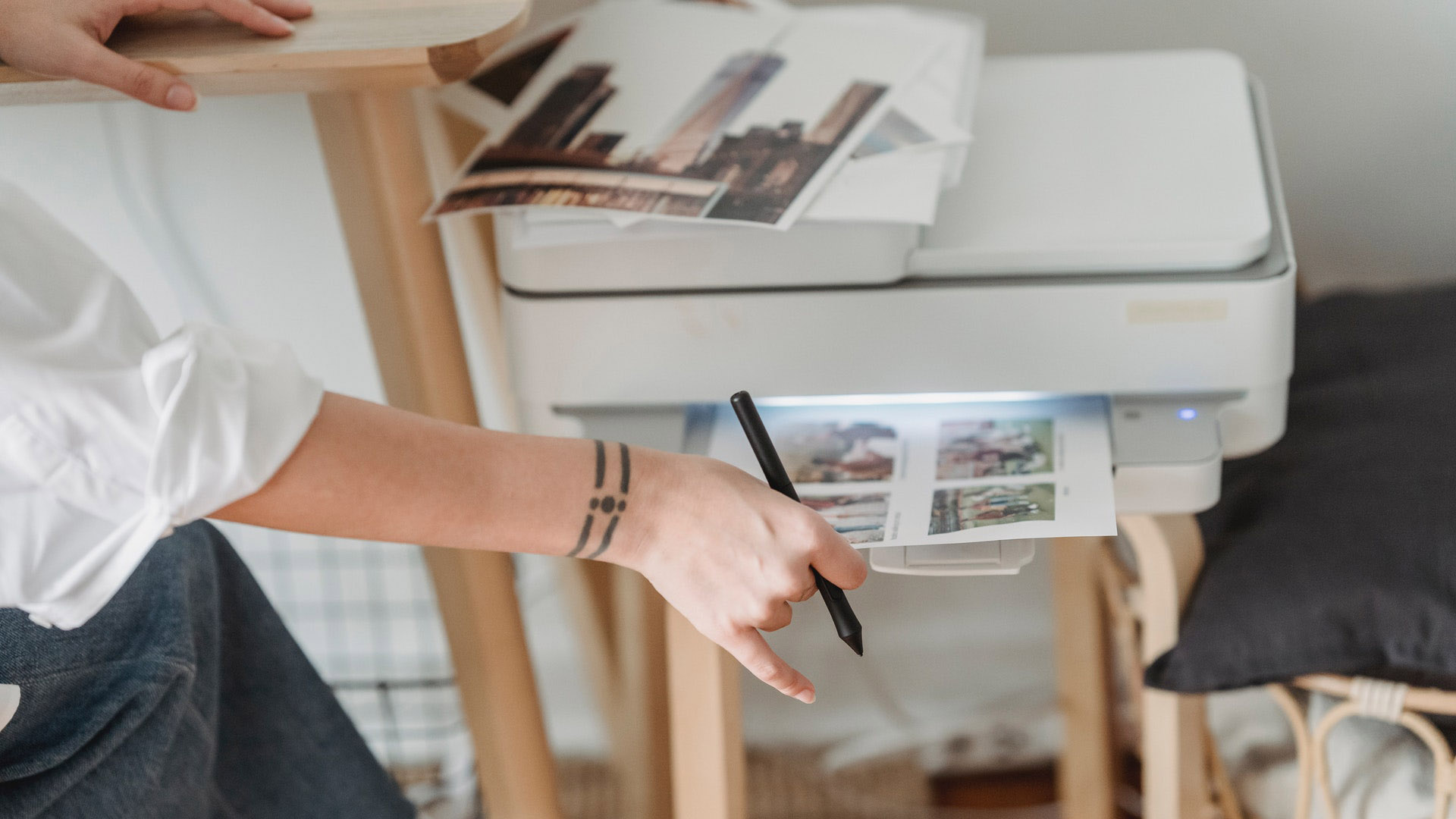
In Digital Photographer magazine, we often encourage our readers to print more of their images, advocating the benefits (and enjoyment) of seeing our photographs in physical form.
In the modern world, however, we must also be conscious of the impact that our behavior has on the environment – and printing is a large focal point of potentially unfriendly processes in this area. If you only print a few images a month then your footprint is arguably minor when compared to large professional studios, who churn out thousands of prints in the same period, but we can all do our bit to prevent unnecessary negative consequences.
Of critical importance is finding the balance between being eco-friendly and remaining profitable, as a business. It is more than possible to align these agendas effectively, so there is no need to worry about impacting your working practices in any significant way. Here we explore some ways we can all seamlessly incorporate methods of offsetting our environmental impacts into our everyday workflow.
1) Use eco-friendly papers
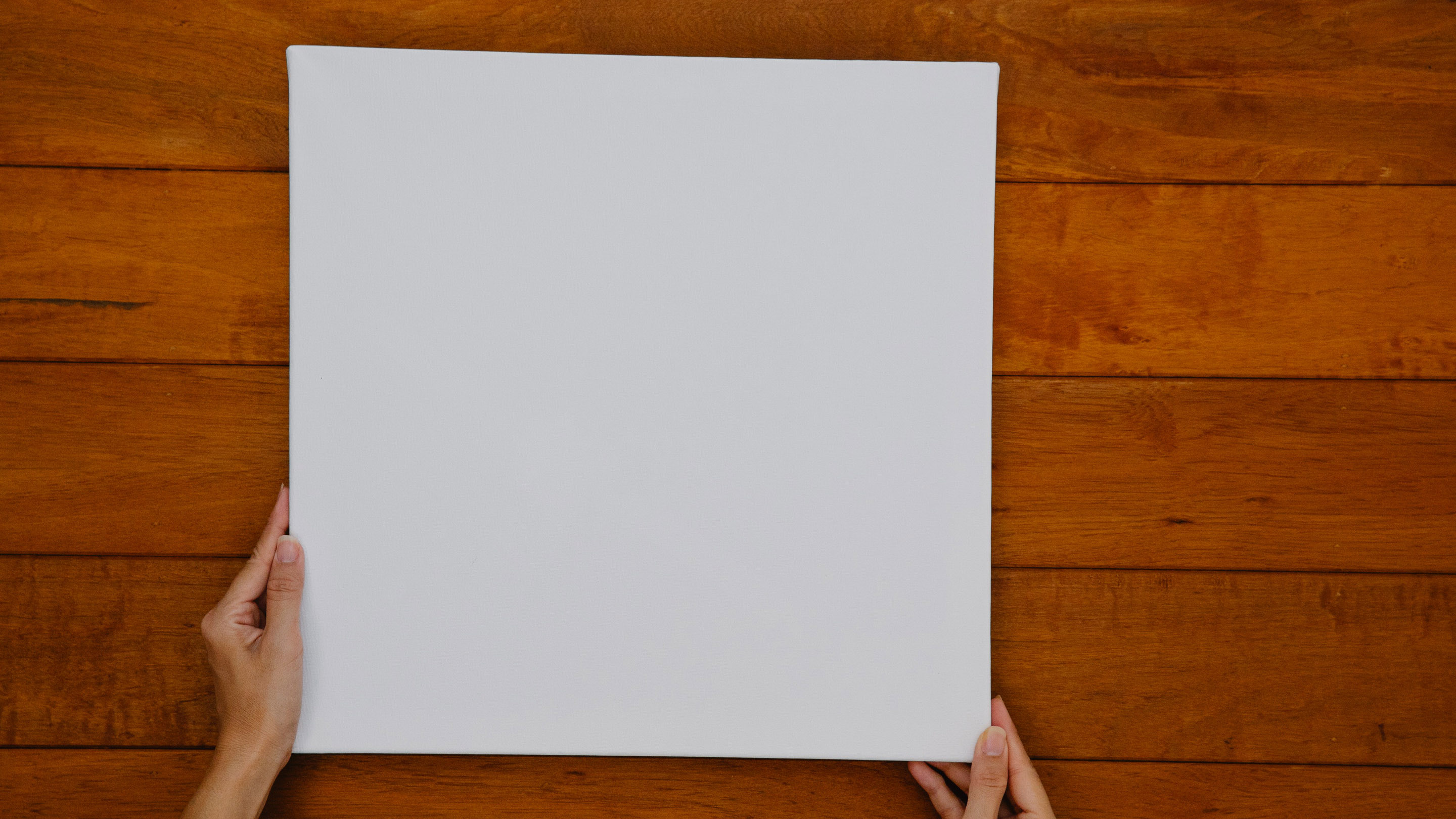
The type of photo papers you chose can indirectly affect the sustainability of your printing process. How the papers are produced will vary the environmental impact greatly, with cotton rag papers having the claim to the best eco-friendliness. While the methods of cotton growing can vary in their sustainability, 100% cotton rag is significantly better than resin, polyester or vinyl-based papers, which make use of many chemicals such as chlorine that can find their way into water sources. Paper information is increasingly found on manufacturer’s websites.
2) Reduce waste
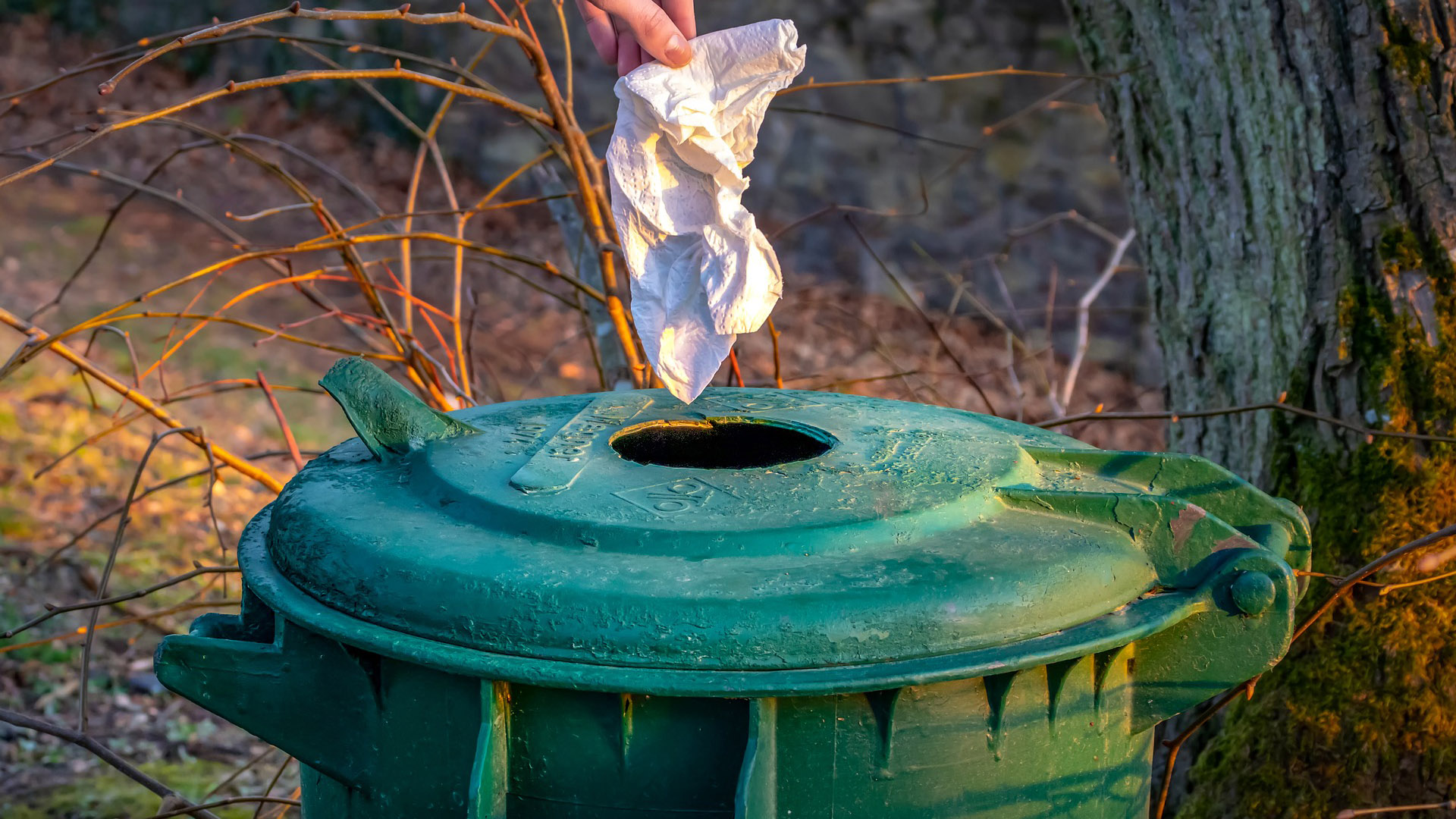
Anything you can do to minimize paper and ink wastage will be better for the environment – and of course your wallet, which is a pleasant incentive! Taking the standard technical steps, such as monitor color calibration and installing paper profiles, will help reduce the need for multiple reprints and throwing away precious sheets of paper.
3) Use recyclable materials
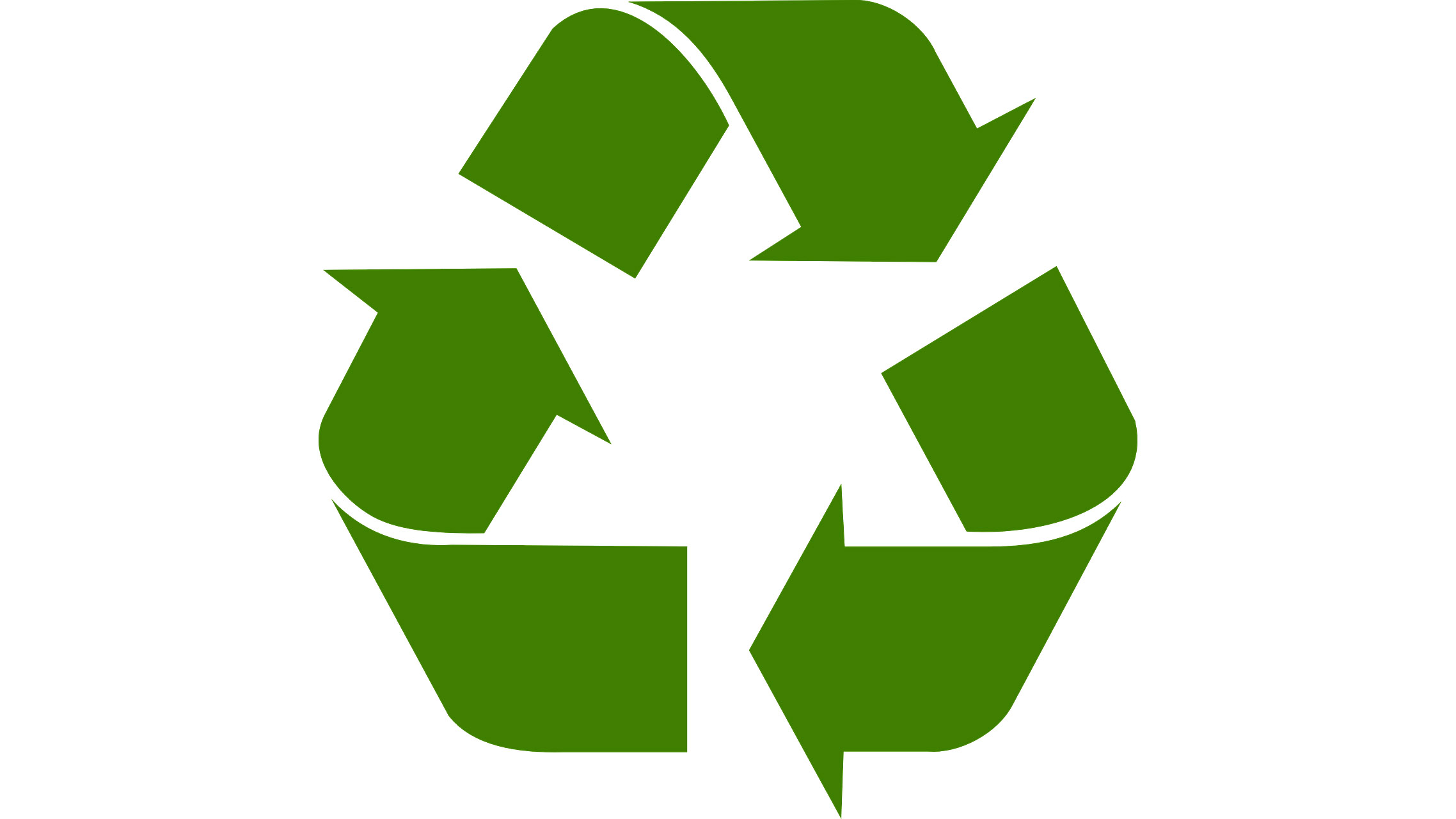
Choose papers that are either sourced from recycled material or that can themselves be easily recycled. There will almost always be some failed prints that need disposing of, but plastic-based papers can – with a good degree of certainty – not be recycled. So these rejects will most likely be sent to landfill. Fiber-based papers from certified sources can be recycled, though, since they are crafted from naturally occurring materials.
4) Recycle cartridges
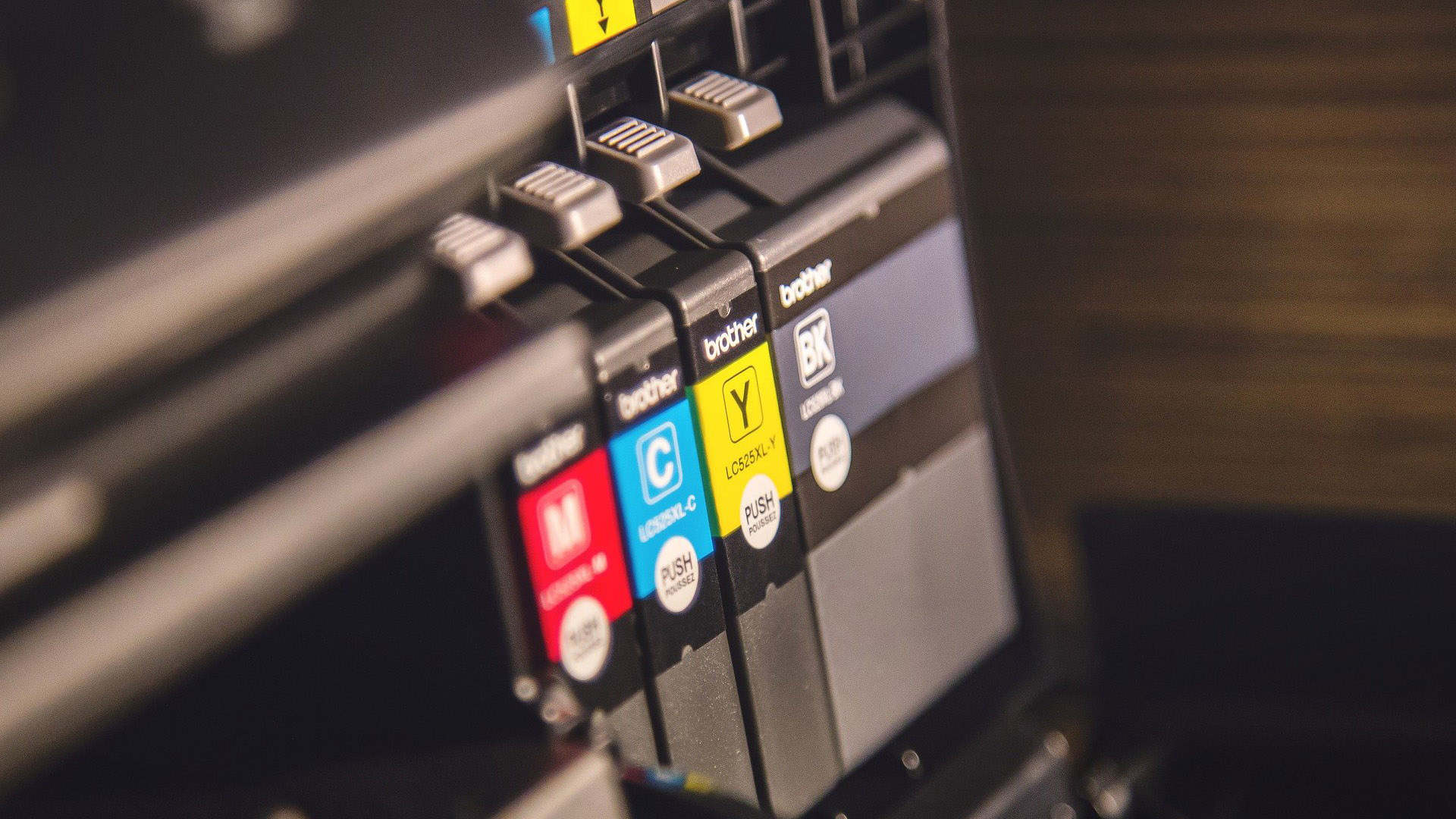
A simple step we can all take is to recycle ink cartridges when they are spent, instead of disposing of them in the standard refuse. If we place empty cartridges in a specialist bank, they can often be refilled and reused multiple times, minimizing the volume of plastic in the environment.
5) Use ink-flow systems
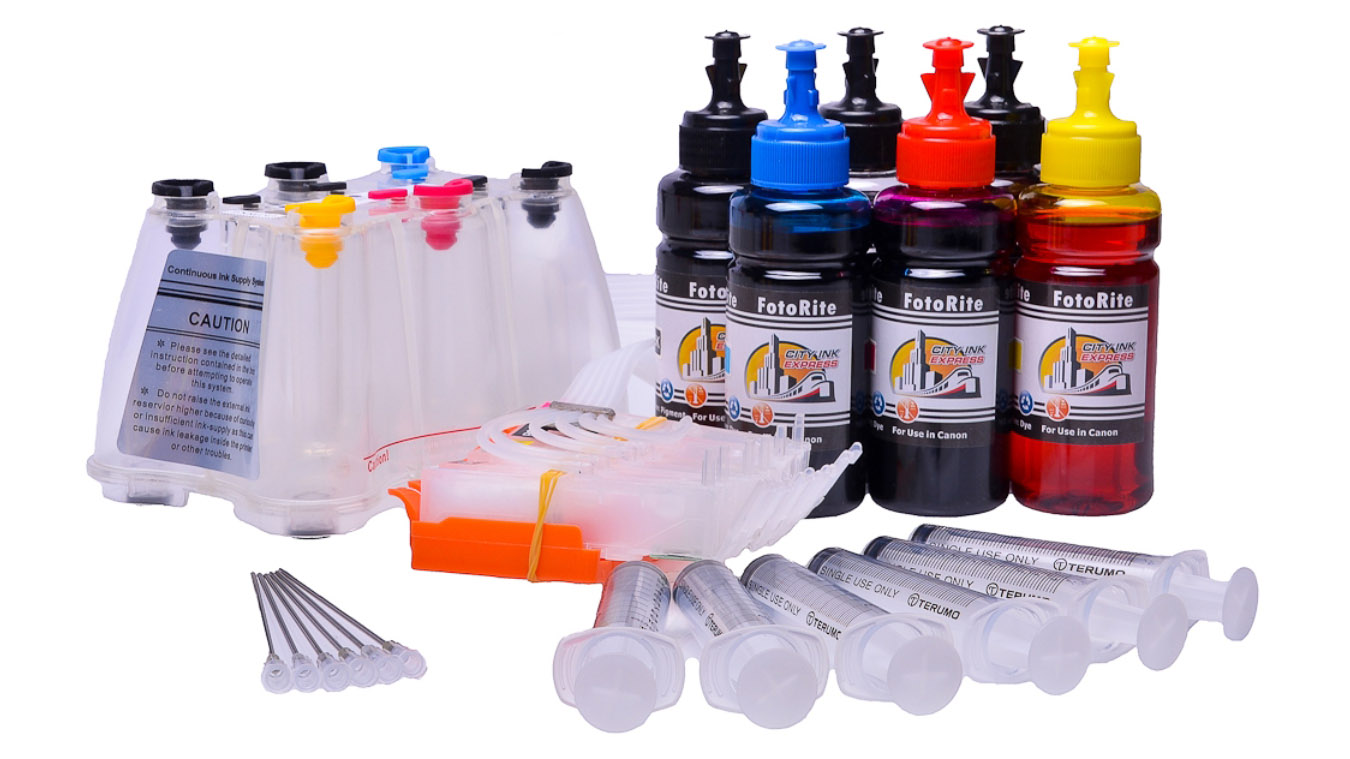
Employing an ink-flow printing system can save you money, while also reducing the number of empty ink cartridges that need recycling. The high capacity of the external bottles mean that you are not continuously replacing fixed-volume cartridges, which in turn will reduce the environmental footprint per milliliter of ink.
6) The print lab advantage
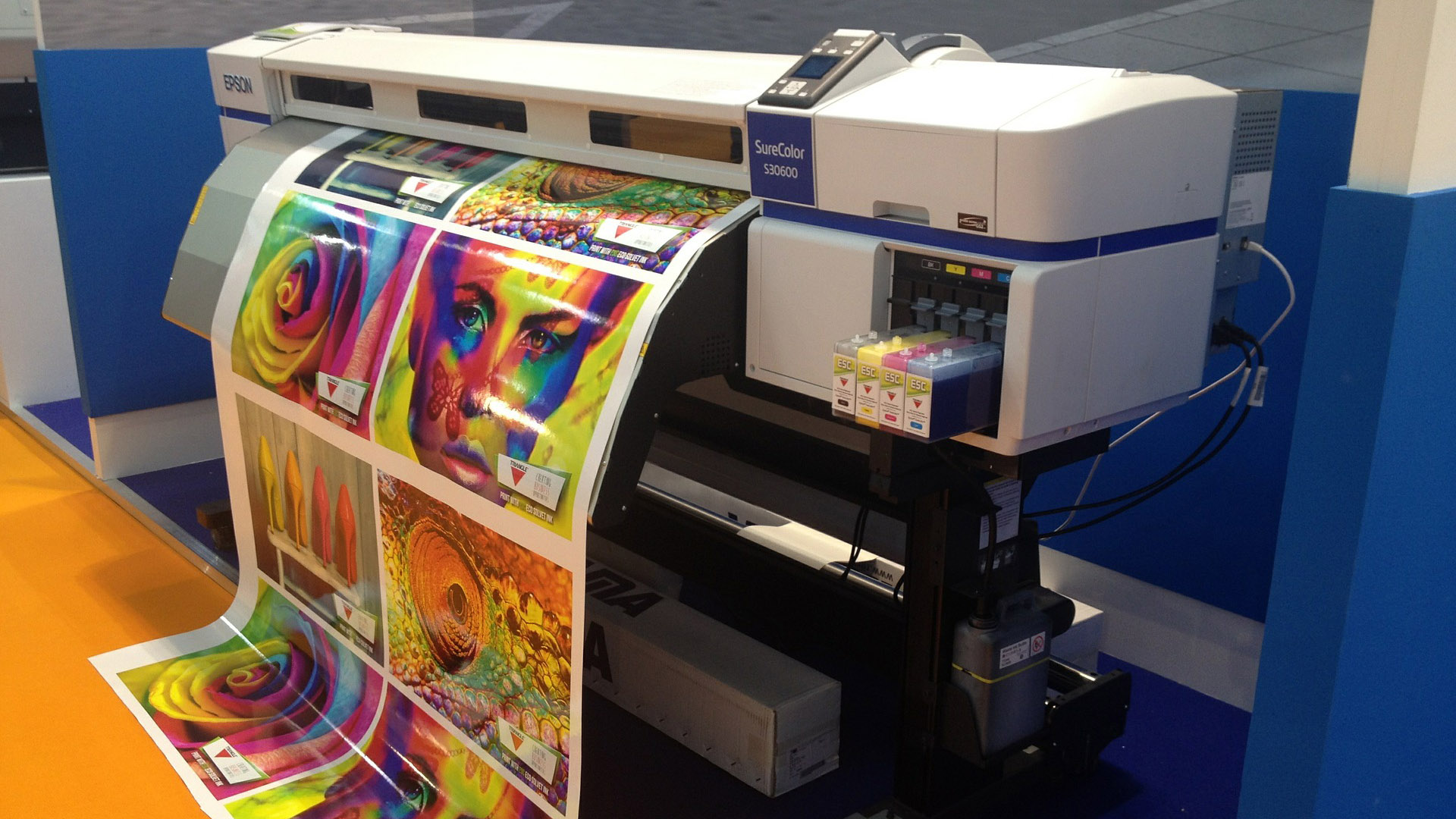
Sending your image files to print labs, instead of printing them at home, can be a more eco-friendly option. Labs have a huge output, meaning that they can afford to use materials and machinery that's better for the environment – such as laser-centric, ink-free printing. There is also significantly less wastage, since the tools are in continuous use. Do some research into the materials that specific labs use, to ensure they have an environment-focused culture, and enjoy a sustainable printing process benefitting from the economy of scale to which labs are subject.
Conclusion

With a little research it is possible to streamline your entire photographic process for reduced environmental impact. Outsourcing activities such as printing to companies who will benefit from watching their efficiency and sustainability, while being mindful of your own in-house procedures, will drive this improvement.
Read more:
The best photo printer
Best large format printer
Best all-in-one printer
Best printer inks
Best online photo printing
Get the Digital Camera World Newsletter
The best camera deals, reviews, product advice, and unmissable photography news, direct to your inbox!
Digital Photographer is the ultimate monthly photography magazine for enthusiasts and pros in today’s digital marketplace.
Every issue readers are treated to interviews with leading expert photographers, cutting-edge imagery, practical shooting advice and the very latest high-end digital news and equipment reviews. The team includes seasoned journalists and passionate photographers such as the Editor Peter Fenech, who are well positioned to bring you authoritative reviews and tutorials on cameras, lenses, lighting, gimbals and more.
Whether you’re a part-time amateur or a full-time pro, Digital Photographer aims to challenge, motivate and inspire you to take your best shot and get the most out of your kit, whether you’re a hobbyist or a seasoned shooter.

